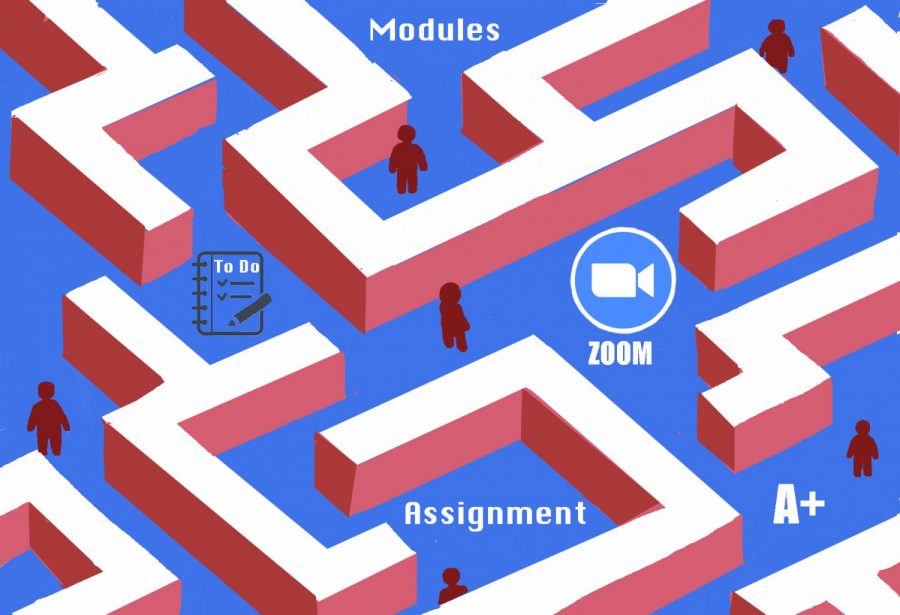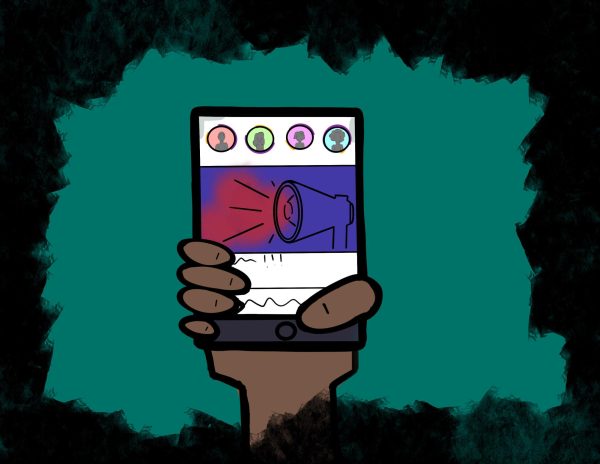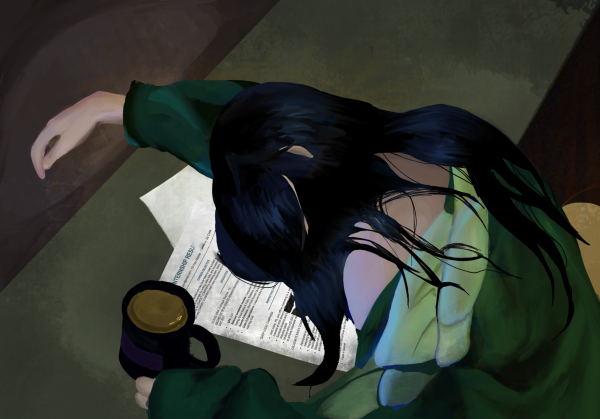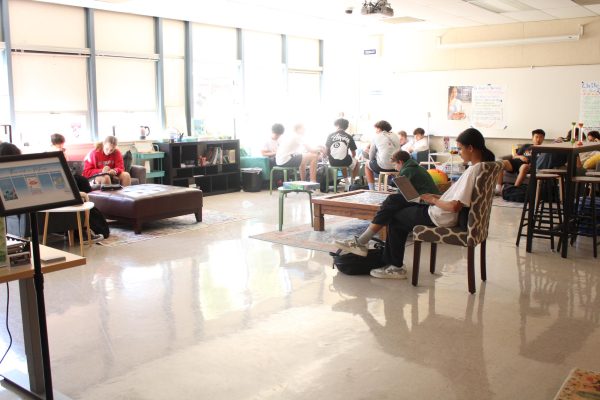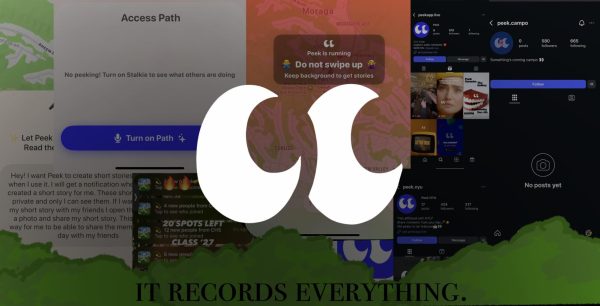Canvas: The Latest Catastrophe of 2020
“The Canvas Labyrinth”
2020 keeps getting worse.
We’ve endured a global pandemic, raging wildfires and lightning storms, a heated political climate, and days of distance learning. Although I was disappointed to learn that my senior year would begin online, I was hopeful that seeing familiar faces on my screen and busying myself with new classes would liven up my quarantine.
Then we were introduced to Canvas.
Advertised as the utility knife of online grading platforms, students can use Canvas to access Zoom links for synchronous lessons, complete and turn in assignments, take assessments, write essays, and contact teachers. Under the impression that this new application would make our lives easier, Campo students privately mourned the loss of familiar apps like Google Classroom and the almighty School Loop as the 2020-2021 school year began.
After completing the Canvas modules of the 1st week of school, I quickly realized that Canvas is a technological demon rather than the savior of our education. Long story short, I cannot hear the word “module” without cringing.
Not only is it immensely confusing where to find assignments on the platform, but Canvas only works when it feels like it. I often find myself a few minutes late to each of my classes because it takes so long for the app to load. Also, depending on 1 website for our entire education is nonsensical – if Canvas crashes, we simply can’t go to school.
I realize that teachers are still learning how to navigate the system, but each of my courses on Canvas is organized differently. Some teachers post assignments in modules; others post in assignments. “When teachers don’t put due dates [on assignments] it’s hard to know what the homework is,” said senior Molly Mitchell.
It’s an expedition in itself to discover what is due each day. I have to call multiple friends to simply find out what my homework is.
Additionally, teachers have the feature to lock assignments on Canvas, meaning that students cannot access or open them without their teacher’s permission. While I understand this could be a useful security measure for safe-guarding future tests from desperate students, locking modules makes it difficult for students to look ahead in lessons for their own understanding. And, sometimes teachers simply forget to unlock these modules and students cannot complete their work.
On Canvas, a simple Google doc worksheet becomes a nightmare. Not only do these worksheets appear in a tiny window on the screen – making it very hard to read the document – but it takes a thousand clicks of a mouse to open up the document. This sounds like a silly complaint, but I prefer the ease of Google Classroom, where if you click on a worksheet, you can actually see, complete, and turn in the entire worksheet easily.
For turning in assignments in general, the teachers must specify what kind of work students can submit, which can be confusing. For example, a teacher may require the file of a document upload and some students will just share the document with the teacher or try to upload a photo of their work but have issues with their submission because it’s not in accordance with what the teacher asked for.
Tests in Canvas have created another source of anxiety in my life. I recently took my 1st online exam of the school year, and I would prefer a 100 multiple choice paper test in an actual classroom to a 10 multiple choice quiz on Canvas.
1st and foremost, some Canvas test formats do not permit students to double check their answers – once you continue, you can’t go back, so your answer is permanent. This also means you cannot skip a question you do not know and come back to it later with fresh eyes.
If you do not finish your test in time, you cannot return to class at brunch, lunch, or academy to finish it up – you simply have to deal with leaving questions unanswered. Online learning is hard enough, and this testing format will not make it any easier for students to score well.
Simply throwing a couple introductory modules at us during the 1st week of school was not enough to set students up for success for online learning. It took me 3 years to finally feel like a confident School Loop navigator. If we are to truly learn this platform, we need our district to completely understand the app to adequately support us.
I couldn’t help but laugh to myself as I took the district student survey regarding online learning, specifically when I saw 1 question that asked me to share a “success story” with online learning. At this point, I consider having a day where I do not want to smash in my computer screen with my forehead a victory in itself.
It seems that I am not alone in my tricky relationship with Canvas. According to a poll conducted on La Puma’s Instagram account, 71% of 163 surveyed students disapprove of Canvas.
I never thought I would say this, but I miss School Loop.
Of course we didn’t realize it then, but School Loop was so good to us; it never glitched because too many people were using it at the same time, and it was simple to navigate. Finding my grades and homework didn’t take half an hour, and the app was at least mildly aesthetically pleasing.
Canvas is…well, none of these things.
A 2nd poll on our Instagram revealed that 77% of surveyed students would want to
switch back to a School Loop/Google Classroom combination to replace Canvas.
“There is no 1 place like there was on School Loop because things without due dates don’t show up and many teachers don’t put due dates,” Mitchell said.
While I realize the district thought condensing all online resources into 1 platform would make the transition into online learning easier on students, they unknowingly condemned us to stress-ridden nights of rushing to turn in assignments we didn’t know existed. However, our district must have known that there is no reality in which introducing a brand new learning platform to thousands of students and hundreds of teachers – amidst a pandemic – would end well for everyone.
The thing students crave most of all during these trying times is normalcy; we have no idea how COVID-19 will impact college applicants, nor do we know if we can ever return to campus to meet our teachers in person or ever play sports again. We have endured so much uncertainty, and Canvas is the straw that broke the camel’s back: either the district officials needs to take measures to lighten the load on students by putting all their energy into understanding Canvas themselves, or we need to convert to a different system in which the students (for once) have a say.
Your donation will support the student journalists of Campolindo High School's The Claw. Your contribution will allow us to produce more issues and cover our annual website hosting costs.
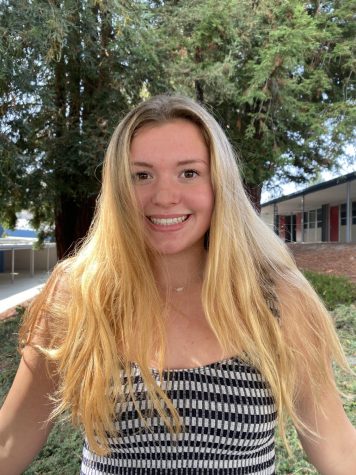
Senior Nicole Kennedy has played volleyball for 8 years and is currently on Campolindo's varsity team. She also played club volleyball at Red Rock East...

Senior Ashley Xu has been interested in art since she was in the 3rd grade.
Xu is fascinated by iconic painters like Monet and Dali. “I like Monet’s...
